Types of Playground Flooring

by
SynLawn LA
(IC: professional)
When the scorching summer weather comes calling and the kids are outside for what feels like three uninterrupted months of fun and frolics, only nighttime can stop them from wanting to play in the backyard. Whether they're playing ball games with pets, lounging around on the grass or beside the pool, or hanging out with their friends, children love being outside in the fresh air under the sun's sizzling rays. Their limitless enthusiasm is almost mesmeric. But with excitable and energetic children who love playing outdoors also comes a negative aspect: kids have an innate ability to attract dirt, and their clothes quickly get stained by mud and/or grass.
This is the negative side of the coin: children who want to go outside to play and remain fit and healthy, and parents seeing the filthy aftermath when the outfit returns all sullied and disheveled. What's a parent to do?! For homeowners who want to encourage their children to play outside and ignore the TV, video game console or numerous other time-suck indoor-based activities, one of the best ways to promote time spent in the fresh air is to get a mini-playground on your property. Whether it's a professional installation or a makeshift DIY setup Dad creates himself, a backyard playground is a great way to support kids who want to endlessly play outdoors.
When a playground area is created in your backyard or at the side of your house, the floor surface is a highly important element of the overall construction process. Safety is of the utmost importance when it comes to children, and they will unfortunately fall over on a regular basis. Therefore, the surface that they slip or fall onto should be able to absorb impact as well as also offering a cushioning, spongy material that will decrease the potential for bruises, bumps, grazes and other injuries to elbows, knees, and other appendages.
Loose fill materials such as woodchips were commonly used as playground flooring a few decades ago, although they shared a large shortcoming; these types of materials could be easily displaced due to high amounts of foot-traffic, which would consequently cause a big mess time and again. This would mean that these surface materials would "shrink" as time progresses, and extra money would be needed to buy supplementary matter to "top up" the area back to its initial ground levels. In recent years, surface materials that could be easily displaced through adverse weather conditions or foot traffic were gradually replaced by non-slip rubber floor mats, padding, or other materials that would not eventually diminish, which ultimately helped to curb further expenditure.
With modern playground flooring, KidsHealth.org (http://kidshealth.org/parent/firstaid_safe/outdoor/playground.html) states that "concrete, asphalt, or other hard surfaces should never be directly under playground equipment. Grass and dirt are not considered protective surfacing because wear and environmental factors can reduce their shock absorbing effectiveness." Published in 2010 by the U.S. Consumer Product Safety Commission (CPSC), the Public Playground Safety Handbook stated that playground surface materials should include pea gravel, rubber mulch, sand or artificial grass.
Sand is a popular choice because it does not decompose or attract mold, and it can effectively absorb the impact if a child should fall. As a downside, sand can create a mess in wet or windy areas, and extremes in humidity can also affect its levels of consistency and "bounce." With pea gravel, a significant advantage is that it does not attract insects like grass or soil naturally does. However, all loose material surfacing types (sand, pea gravel, woodchips, etc.) possess two distinct disadvantages; they fail to offer easy access for wheelchairs, and small sharp objects such as nails or glass may get lost underneath the surface, until a nasty injury occurs.
A drawback of natural grass is that it becomes impacted over time, which means it only offers "a soft fall" for a short while before the area hardens. Artificial grass, on the other hand, does not lose its luster and also features a padded underlay that is fitted beneath the lawn's top layer, which provides an effective surface that absorbs impacts from falls. Finally, it is crucial to regularly check the floor area of your backyard playground, so that the surface is clear from random detritus that could harm your child as they play.
Enjoyed the project?
Published August 25th, 2014 12:16 PM



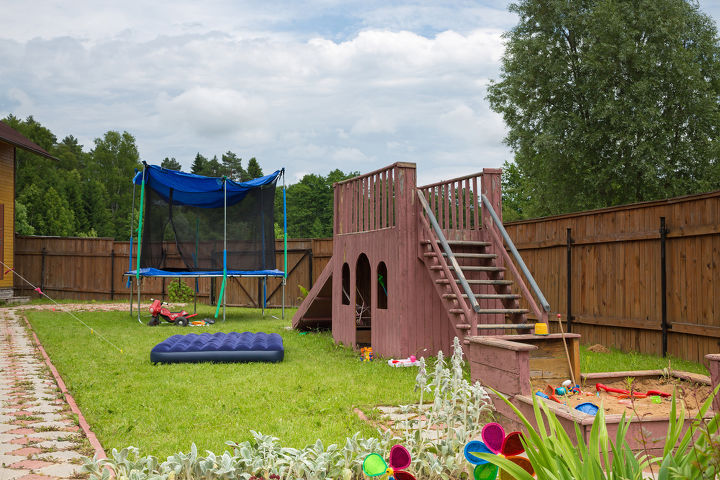





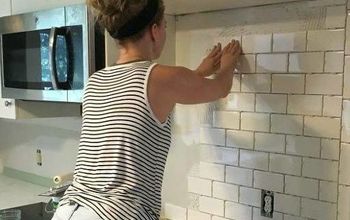




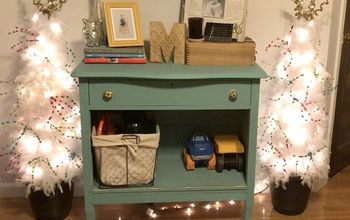




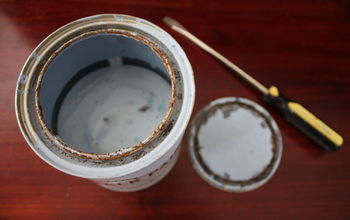
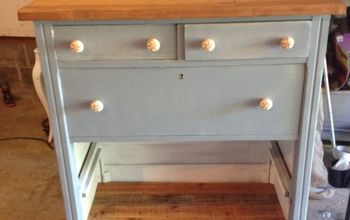


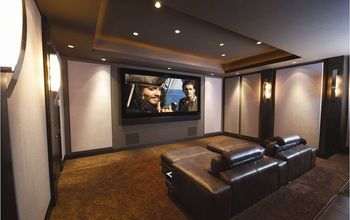
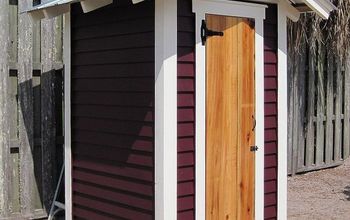
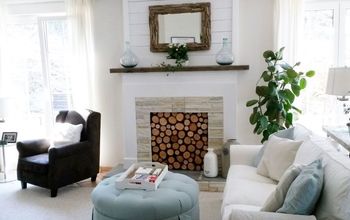
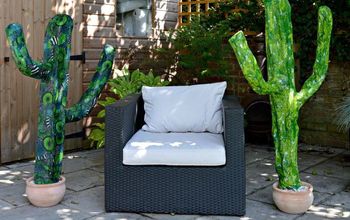

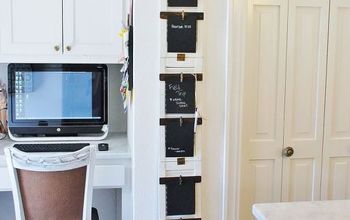
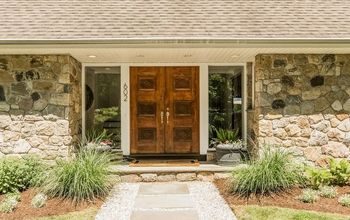
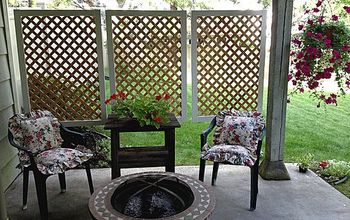

Frequently asked questions
Have a question about this project?